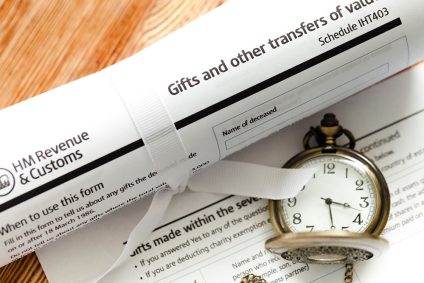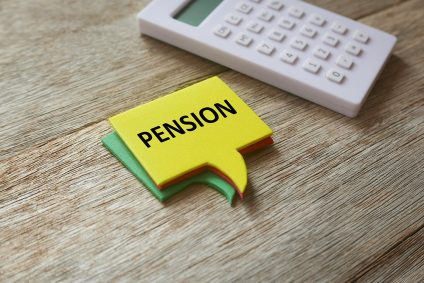What does the Chancellor’s Summer Budget mean for your finances?
Doctors face real terms pay cut
NHS workers will face a four-year freeze on pay rises of just one per cent per year.
The pay cap, which will be effective from 2016/2017, is likely to amount to a pay cut in real terms as public sector pay fails to keep pace with inflation.
According to the Office for Budget Responsibility, general inflation is forecast to rise to one per cent by 2016 but this bears no resemblance to other inflation such as housing and education which rises at a much faster rate.
However, Mr Osborne stated that the government’s priority is the National Health Service and that he would fully fund the £30billion spending gap identified by NHS England chief Simon Stevens. The NHS is due to receive a further £8bn a year by 2020 in addition to the £2bn which has already been pledged.
Higher tax for doctors with limited companies
Independent practitioners who receive more than £5,000 from company dividends held outside tax-efficient plans such as ISAs will pay more tax from next April.
From 2016 the government will remove the current dividend tax credit and replace it with a new tax-free dividend allowance of £5,000 a year for all taxpayers. Doctors who pay themselves dividends from the profits of a company they own could be significantly affected.
For dividend income above this £5,000 allowance, basic-rate taxpayers will now pay 7.5 per cent, while higher-rate taxpayers will pay 32.5 per cent tax and those who pay the additional rate of 45 per cent will face 38.1 per cent tax – on top of the 20 per cent paid by their company.
Annual Allowance
The pre-Election proposal to cut the pension ‘annual allowance’ for those earning more than £150,000 will now go ahead. From April 2016, the amount which can be paid annually into a pension free of tax will be gradually reduced from £40,000 to £10,000 for those with income between £150,000 and £210,000 a year.
This annual limit includes contributions into private pensions as well as the NHS pension which for a consultant will usually be well above £10,000 and frequently above £40,000 in any one year.
This means being wary of any NHS pay rises received through increments, new management positions, CEA awards or by any other means. With careful planning, tax charges of up to 50 per cent can be avoided.
This situation, combined with yet another cut to the lifetime allowance next April to just £1million, will mean more individuals will consider other investments such as ISAs and will make more use of their annual capital gains allowances.
Inheritance tax and buy-to-let
A new ‘family home allowance’ worth £175,000 per person will mean from 2017 the amount couples (either married or in civil partnerships) can pass on in property tax-free will rise from £650,000 to £1m. An additional inheritance tax (IHT) nil-rate band is to be introduced when a main residence is passed on death to direct descendants from 2017 but the new scheme will not be fully implemented until 2020.
From April 2017, individuals with buy-to-let properties will face cuts to the amount of tax relief they can claim on mortgage interest payments. Landlords will be restricted to claiming tax relief on finance costs at the basic rate of tax.
Although some landlords may choose to increase rent in order to maintain current yields, others may decide to direct their attention to more-efficient ways of investing.


